Menu

As someone who adores movies and often gets lost in the stories, it’s not uncommon for me to find myself in a puddle of tears after a particularly emotional scene, like Derek’s death on “Grey’s Anatomy” or the gripping storyline on “The Rookie” involving the new mother with postpartum depression who just lost a kid to Sudden Infant Death Syndrome (SIDS).
While these are just fictional moments, they’ve given me a glimpse into the heartbreak of losing someone unexpectedly. Especially a child you have bonded with and carried in your womb for 36 weeks. Maybe even more!
According to the Centre for Disease Control, the loss of a child to SIDS is a pain experienced by about 1,400 families each year in the United States. Even though SIDS rates have decreased since the 1990s, it continues to be a significant concern.
Sudden Infant Death Syndrome (SIDS) is when a baby under one-year-old dies suddenly and without explanation, even after a thorough investigation involving an autopsy and examining the scene.
This syndrome is also referred to as cot death and, according to the National Health Service, around 200 babies die of it every year in the United Kingdom. Typically, these babies pass away during sleep, usually between midnight and 6 AM, and show no signs of distress. SIDS is also called “sudden unexpected infant death“ (SUID) or “sudden unexpected death in infancy” (SUDI). There are two main categories:
Explained SUID/SUDI: Clear causes like injury, suffocation, or a medical issue.
Unexplained SUID/SUDI: Cases where the cause of death remains uncertain, including those labelled as SIDS.
SIDS is not the same as sudden unexplained death in childhood (SUDC). SUDC occurs when a kid over the age of one year dies without a known reason. SUDC is very rare, and its root cause is unknown. Before concluding that a baby died of SIDS, all other possible reasons for their death must be carefully checked.
Based on data provided by the Centers for Disease Control, every year in the United States, approximately 3,400 sudden unexpected infant deaths (SUID) occur among babies under 1 year old, with no immediately clear cause. These deaths fall into three main categories: Sudden infant death syndrome (SIDS), deaths with an unknown cause and accidental suffocation and strangulation in bed.
In 2020, there were about 1,389 deaths in the United States attributed to SIDS. Over the years, SIDS rates have significantly decreased from 130.3 deaths per 100,000 live births in 1990 to 38.4 deaths per 100,000 live births in 2020. While this may seem concerning, SIDS is rare, and the likelihood of a baby dying from it is low.
Park et.al. in 2022 published a journal narrating the global rates of SIDS. In 2019, SIDS had a global mortality rate of 20.98 per 100,000 live births, dropping by 51% from 1990. It was most prevalent in Western sub-Saharan Africa, High-income North America, and Oceania. Males consistently had higher SIDS rates than females.
Countries with higher socio-demographic index (SDI) and income levels had lower SIDS rates, and they also experienced greater declines in SIDS rates from 1990 to 2019.
Various theories attempt to explain Sudden Infant Death Syndrome (SIDS), but none are confirmed. Research proposes that SIDS results from a mix of factors. They include:
Babies who have suffered a brief resolved unexplained event (BRUE) are at risk for Sudden Infant Death Syndrome due to the similarities in symptoms. According to the American Academy of Paediatrics, BRUE is a sudden, short episode in a baby that worries those around them.
It might involve the baby briefly stopping breathing, changing colour, or seeming to choke or gag. These episodes usually have no clear cause.
While both BRUE and SIDS involve unexplained events in infants, BRUE events are not indicative of SIDS. Hence, it’s important to follow safe sleep practices and consult with healthcare professionals if concerns arise about an infant’s health.
Sudden infant death syndrome (SIDS) usually starts with a healthy baby put to bed after feeding. But the baby is found dead later, usually in the same position. Some parents notice their babies acting differently before dying. Signs synonymous with SIDS are when:
According to the Center for Disease Control, the majority of cot death cases occur in infants at that age, with the peak between 2 to 4 months. It’s important to tell if a baby died naturally or by suffocation, possibly due to abuse. Things to consider are:
When investigating, look for things in the environment that could have caused the death. Signs of SIDS might include fluid from the mouth or nose, bluish skin, marks on the body, no sign of harm on the skin and no dangerous things in the sleeping area.
On the other hand, signs of possible abuse include not enough food or care, injuries or marks on the body, bruises that don’t fit with what’s said and pressure marks around the nose and mouth.
Risk factors are simply things that make something bad more likely to happen. Several risk factors have been identified that may increase the likelihood of Sudden Infant Death Syndrome (SIDS). These factors can vary from individual to individual, and often, it’s a combination of factors that contributes to the risk.
Several risk factors have been identified that may increase the likelihood of Sudden Infant Death Syndrome (SIDS). These factors can vary from individual to individual, and often, it’s a combination of factors that contributes to the risk.
Placing babies on their stomachs or sides increases SIDS risk. Even if babies are used to sleeping on their backs, placing them on their stomachs or sides for sleep, such as during a nap, greatly raises SIDS risk.
Babies born prematurely (before 37 weeks) or with low birth weight (5 pounds, 8 ounces or less) are at higher risk for SIDS.
Regular prenatal care throughout pregnancy lowers the risk for Sudden Infant Death Syndrome (SIDS). Smoking, drug, and alcohol use- what I like to call ‘the big 3’- during pregnancy increases the baby’s risk for SIDS.
Babies of African American, African, and American Native backgrounds face a higher risk of SIDS than White, Hispanic, and Asian infants, possibly due to a combination of genetic, environmental, and socioeconomic factors. Therefore, it’s crucial to provide targeted support and interventions to these communities for better prevention and equal access to safety measures.
Babies sleeping on soft surfaces or under soft bedding are at higher risk for SIDS and other sleep-related deaths. Items like blankets, bumpers, and stuffed toys in the sleep area increase the risk of SIDS and other sleep-related deaths.
Overheating and over-bundling (wrapping the baby in too many shawls) increase SIDS risk. Placing babies on their stomachs to sleep makes overheating more likely.
When babies are vaccinated, their risk of SIDS is lower compared to babies who aren’t vaccinated. Vaccines help protect against illnesses that could make babies more vulnerable to the syndrome. By preventing these illnesses, vaccines reduce the chances of SIDS happening. So, making sure babies receive their vaccinations on schedule is an important way to lower their risk of SIDS.
Babies who recently had a fever, especially a high one in the past 2 to 3 weeks, have a greater chance of Sudden Infant Death Syndrome (SIDS). This might be because the fever stresses their body, affecting how they breathe or sleep. So, caregivers need to be extra careful with safe sleep habits and watch over babies closely after they’ve been sick.
Babies sleeping on an adult bed, couch, or armchair alone, with an adult, with a sibling, or with a pet are at very high risk for SIDS and sleep-related deaths. Babies who share a room (but not a bed) with parents have lower SIDS risk compared to those sleeping in their room. Sharing an adult bed, couch, or armchair with a baby can be extremely dangerous in certain situations.
Very high-risk situations include a soft sleep surface, adult tiredness, medication use, substance use, or smoking. They also include the babies being younger than 4 months old or caregivers other than the baby’s parents looking after them. No one can love your child like you.
These include preterm birth or low birth weight, and having unsafe items like pillows or blankets in the sleep area. Following safe sleep recommendations can help parents and caregivers reduce the risk of SIDS and other sleep-related infant deaths.
Placing babies on their stomachs or sides increases SIDS risk. Even if babies are used to sleeping on their backs, placing them on their stomachs or sides for sleep, such as during a nap, greatly raises SIDS risk.
Babies born prematurely (before 37 weeks) or with low birth weight (5 pounds, 8 ounces or less) are at higher risk for SIDS.
Regular prenatal care throughout pregnancy lowers the risk for Sudden Infant Death Syndrome (SIDS). Smoking, drug, and alcohol use- what I like to call ‘the big 3’- during pregnancy increases the baby’s risk for SIDS.
Babies of African American, African, and American Native backgrounds face a higher risk of SIDS than White, Hispanic, and Asian infants, possibly due to a combination of genetic, environmental, and socioeconomic factors. Therefore, it’s crucial to provide targeted support and interventions to these communities for better prevention and equal access to safety measures.
Babies sleeping on soft surfaces or under soft bedding are at higher risk for SIDS and other sleep-related deaths. Items like blankets, bumpers, and stuffed toys in the sleep area increase the risk of SIDS and other sleep-related deaths.
Overheating and over-bundling (wrapping the baby in too many shawls) increase SIDS risk. Placing babies on their stomachs to sleep makes overheating more likely.
When babies are vaccinated, their risk of SIDS is lower compared to babies who aren’t vaccinated. Vaccines help protect against illnesses that could make babies more vulnerable to the syndrome. By preventing these illnesses, vaccines reduce the chances of SIDS happening. So, making sure babies receive their vaccinations on schedule is an important way to lower their risk of SIDS.
Babies who recently had a fever, especially a high one in the past 2 to 3 weeks, have a greater chance of Sudden Infant Death Syndrome (SIDS). This might be because the fever stresses their body, affecting how they breathe or sleep. So, caregivers need to be extra careful with safe sleep habits and watch over babies closely after they’ve been sick.
Babies sleeping on an adult bed, couch, or armchair alone, with an adult, with a sibling, or with a pet are at very high risk for SIDS and sleep-related deaths. Babies who share a room (but not a bed) with parents have lower SIDS risk compared to those sleeping in their room. Sharing an adult bed, couch, or armchair with a baby can be extremely dangerous in certain situations.
Very high-risk situations include a soft sleep surface, adult tiredness, medication use, substance use, or smoking. They also include the babies being younger than 4 months old or caregivers other than the baby’s parents looking after them. No one can love your child like you.
These include preterm birth or low birth weight, and having unsafe items like pillows or blankets in the sleep area. Following safe sleep recommendations can help parents and caregivers reduce the risk of SIDS and other sleep-related infant deaths.
Preventing Sudden Infant Death Syndrome (SIDS) involves simple yet crucial steps to ensure your baby sleeps safely. By following guidelines such as placing your baby on their back, such as the following given by the National Health Service, you can significantly reduce the risk of SIDS.

Always place your baby on their back to sleep both during the day and at night, to lower the risk of cot death. Avoid placing your baby on their side or tummy when sleeping: even once your baby can roll over on their own.
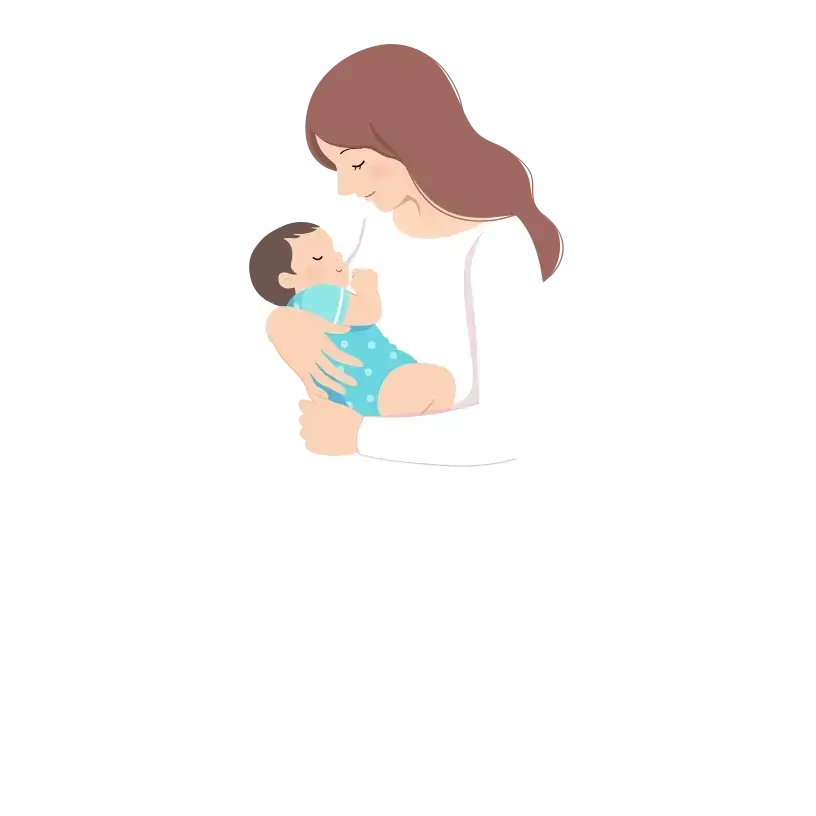
This increases the risk of SIDS. Keep bedding away from their face by placing them in the “feet to foot” position, with their feet at the end of the crib or cot.
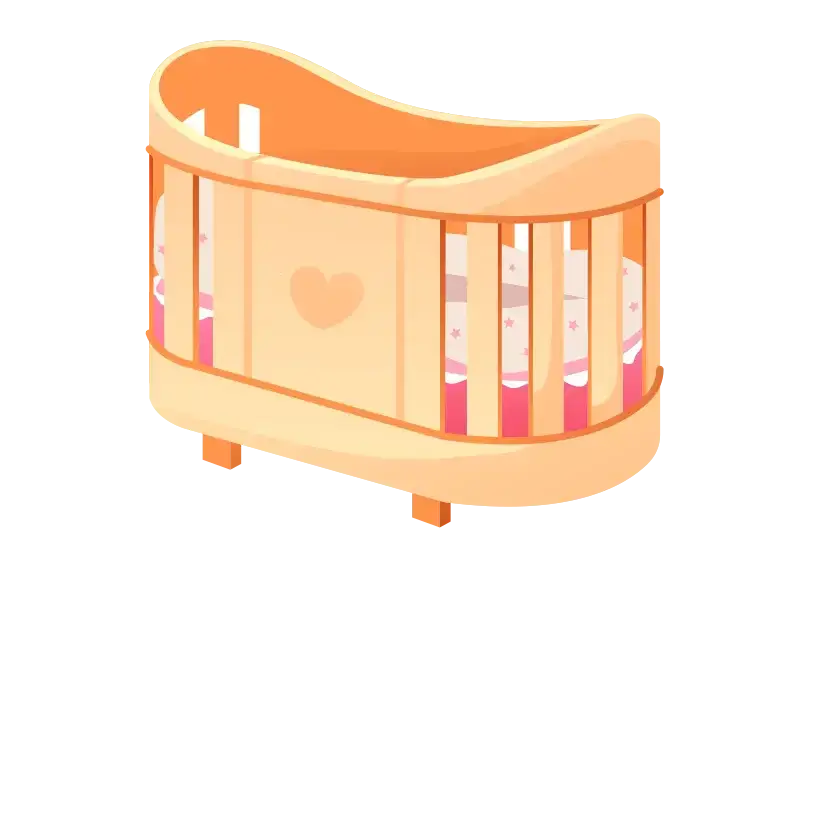
Make sure your baby’s mattress is firm, flat, and clean, with only a single sheet covering it. Avoid using duvets, quilts, or pillows.
Overheating can raise the risk of SIDS. Check if your baby feels too warm, especially if they’re sweating or their tummy feels hot. Keep the room temperature comfortable, ideally between 16 to 20°C. Dress your baby in light layers to help regulate their temperature.
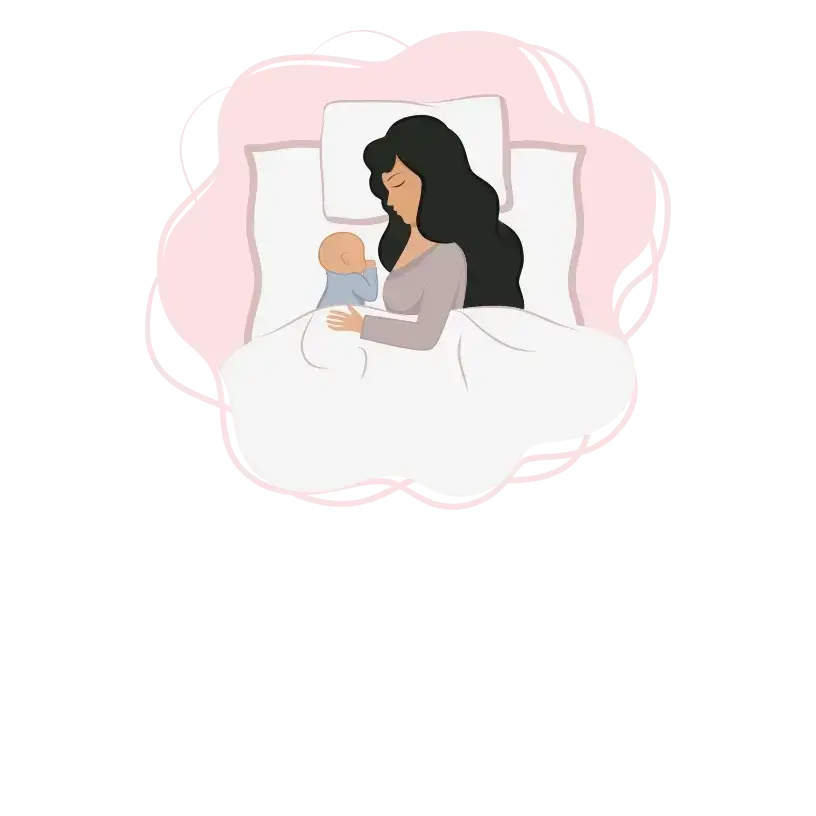
Share a bed safely if you choose to do so. Ensure your baby sleeps on a firm mattress, avoid pillows or duvets near them, and never share a bed if you or your partner smoke, have consumed alcohol or drugs, or are excessively drowsy.
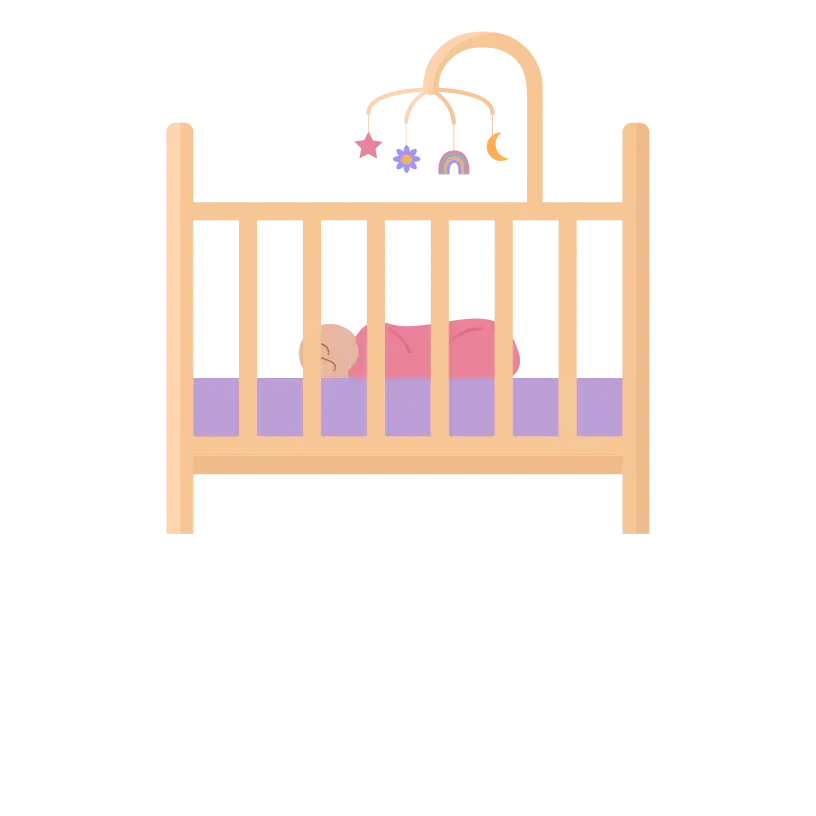
Never sleep with your baby on a sofa or armchair: It’s safest to return them to their cot before you go to sleep.
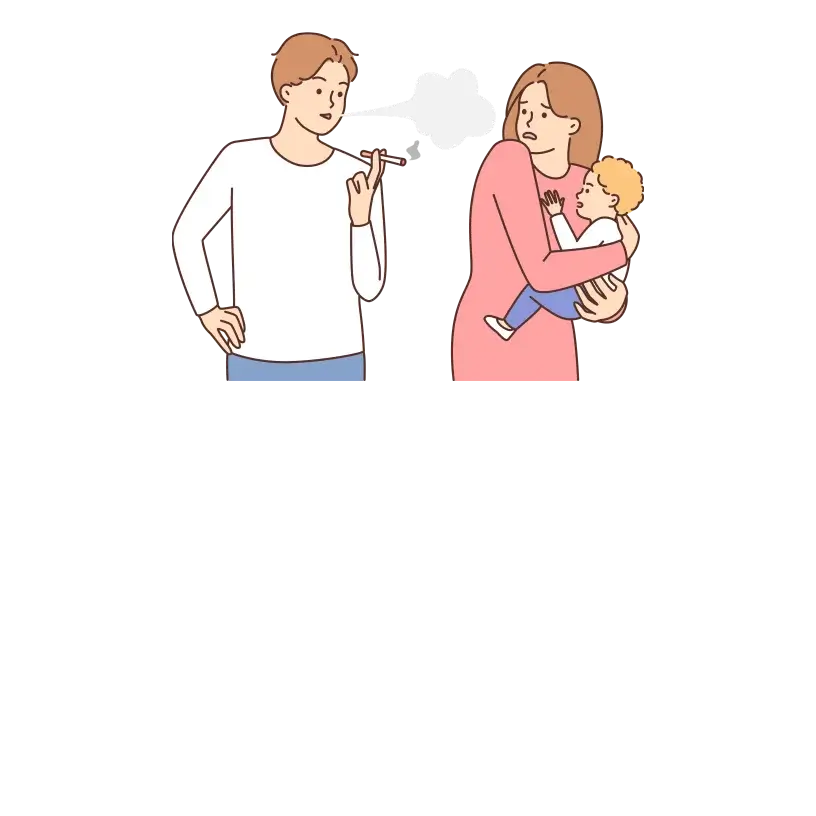
Exposure to cigarette smoke increases the risk of SIDS. Encourage visitors to smoke outside, and avoid taking your baby into smoky environments.
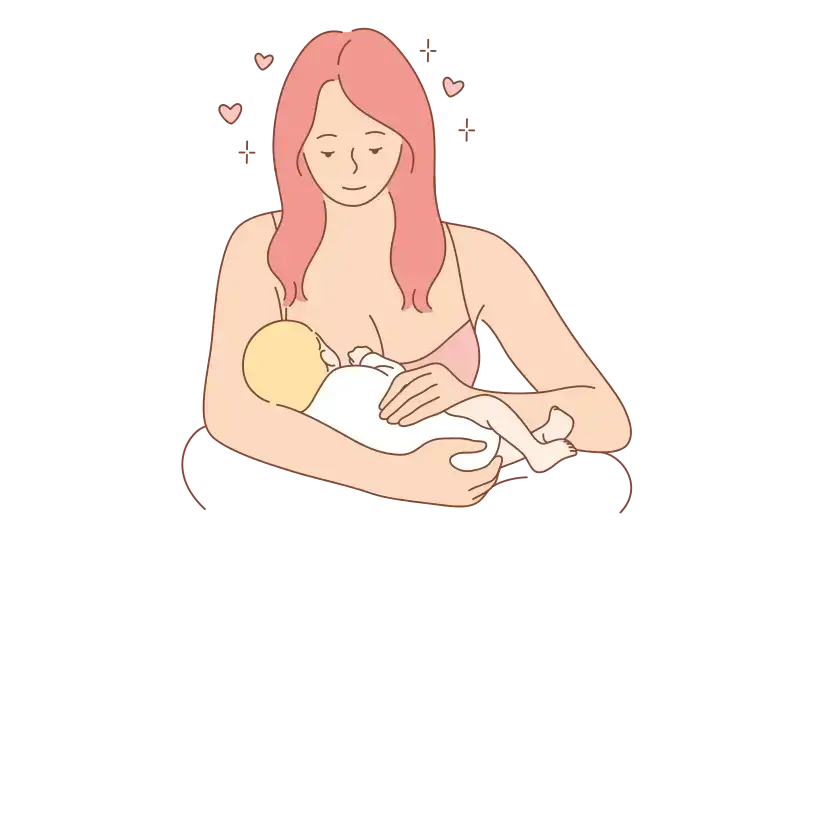
Consider breastfeeding and using a pacifier (dummy) but ensure breastfeeding is well established before introducing a dummy. If you choose to use a dummy, do not force it if your baby refuses.
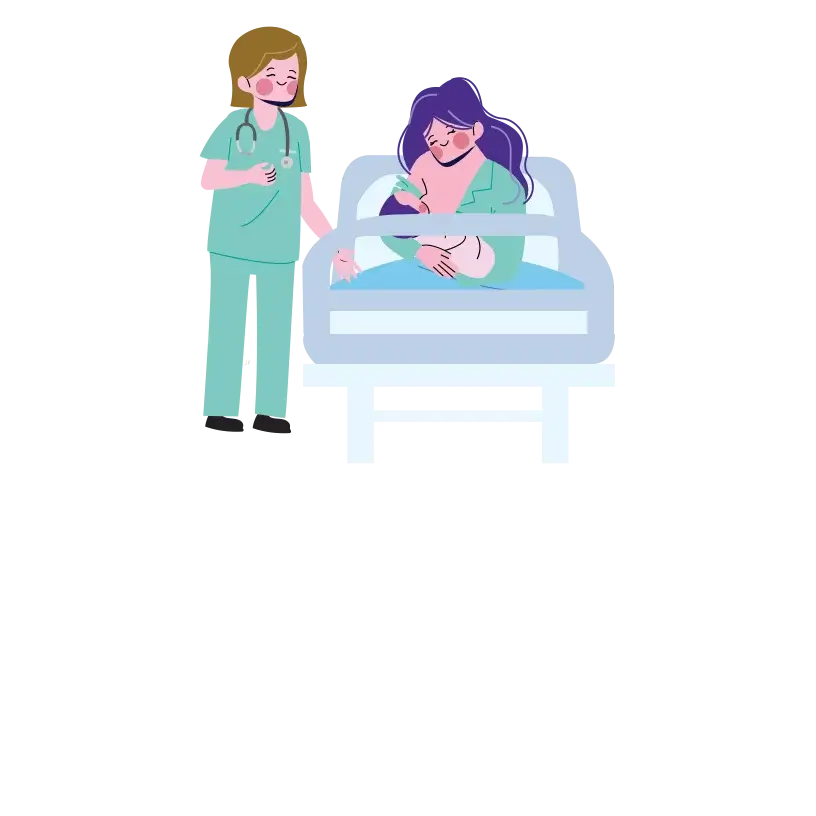
If your baby is unwell, especially if they have difficulty waking up for feeds or seem excessively sleepy. Trust your instincts and seek guidance from healthcare professionals if you’re unsure about your baby’s health.

Always place your baby on their back to sleep both during the day and at night, to lower the risk of cot death. Avoid placing your baby on their side or tummy when sleeping: even once your baby can roll over on their own.

This increases the risk of SIDS. Keep bedding away from their face by placing them in the “feet to foot” position, with their feet at the end of the crib or cot.

Make sure your baby’s mattress is firm, flat, and clean, with only a single sheet covering it. Avoid using duvets, quilts, or pillows.
Overheating can raise the risk of SIDS. Check if your baby feels too warm, especially if they’re sweating or their tummy feels hot. Keep the room temperature comfortable, ideally between 16 to 20°C. Dress your baby in light layers to help regulate their temperature.

Share a bed safely if you choose to do so. Ensure your baby sleeps on a firm mattress, avoid pillows or duvets near them, and never share a bed if you or your partner smoke, have consumed alcohol or drugs, or are excessively drowsy.

Never sleep with your baby on a sofa or armchair: It’s safest to return them to their cot before you go to sleep.

Exposure to cigarette smoke increases the risk of SIDS. Encourage visitors to smoke outside, and avoid taking your baby into smoky environments.

Consider breastfeeding and using a pacifier (dummy) but ensure breastfeeding is well established before introducing a dummy. If you choose to use a dummy, do not force it if your baby refuses.

If your baby is unwell, especially if they have difficulty waking up for feeds or seem excessively sleepy. Trust your instincts and seek guidance from healthcare professionals if you’re unsure about your baby’s health.
Waking up to your child no longer moving is every parent’s worst nightmare. But there MIGHT still be time to save your baby. The Red Cross gave the following steps to follow if you find yourself in this situation:
There is no way to treat SIDS, but scientists are studying genes and brainstem issues to understand SIDS and find ways to prevent it. Non-governmental organisations are teaching parents about safe sleep practices and helping pregnant women with check-ups to lower the risk.
Also, researchers are looking into using medications and baby monitoring devices to detect warning signs early and prevent SIDS.
While there are risk factors associated with SIDS, such as sleep position and environmental factors, it’s challenging to predict and prevent SIDS completely. However, following safe sleep practices and seeking prompt medical attention for any signs of illness in infants can help reduce the risk.
While SIDS can occur at any time during the first year of life, the peak incidence typically occurs between 2 to 4 months of age. However, infants remain at risk until they reach their first birthday.
The American Academy of Pediatrics says having the baby sleep in the parent’s room, but not in their bed, for the first six months can reduce the risk of Sudden Infant Death Syndrome (SIDS). This helps parents monitor and comfort the baby easily while still giving them their safe sleeping area, lowering the risk of suffocation or overheating.
While some parents use baby monitors for peace of mind, it’s important to know they haven’t been proven to prevent SIDS. These monitors can make parents feel better, but they shouldn’t replace safe sleep practices like putting the baby on their back to sleep, using a firm mattress, and avoiding loose bedding.
Relying only on monitors might give a false sense of security, so it’s best to focus on safe sleep habits to reduce the risk of SIDS.
While there are risk factors associated with SIDS, such as sleep position and environmental factors, it’s challenging to predict and prevent SIDS completely. However, following safe sleep practices and seeking prompt medical attention for any signs of illness in infants can help reduce the risk.
While SIDS can occur at any time during the first year of life, the peak incidence typically occurs between 2 to 4 months of age. However, infants remain at risk until they reach their first birthday.
The American Academy of Pediatrics says having the baby sleep in the parent’s room, but not in their bed, for the first six months can reduce the risk of Sudden Infant Death Syndrome (SIDS). This helps parents monitor and comfort the baby easily while still giving them their safe sleeping area, lowering the risk of suffocation or overheating.
While some parents use baby monitors for peace of mind, it’s important to know they haven’t been proven to prevent SIDS. These monitors can make parents feel better, but they shouldn’t replace safe sleep practices like putting the baby on their back to sleep, using a firm mattress, and avoiding loose bedding. Relying only on monitors might give a false sense of security, so it’s best to focus on safe sleep habits to reduce the risk of SIDS.
1. Brief Resolved Unexplained Event. Noah P. Kondamudi; Mumtaz Virji.
2. Centres for Disease Control and Prevention. (2019). Sudden unexpected infant death and sudden infant death syndrome: Data and statistics.
3. Evolution and significance of the triple risk model in sudden infant death syndrome: Triple risk model. December 2016. Jade Spinelli, Lyndsey E. Collins-Praino, Corinna van den Heuvel, Roger Byard. Journal of Paediatrics and Child Health 53(2) DOI:10.1111/jpc.13429
4. First aid for a baby who is unresponsive and not breathing. British Red Cross.
5. Kinney HC, Poduri AH, Cryan JB, et al. Hippocampal formation maldevelopment and sudden unexpected death across the paediatric age spectrum. J Neuropathol Exp Neurol. 2016;75(10):981-997.
6. Park S,et.al. The global burden of sudden infant death syndrome from 1990 to 2019: a systematic analysis from the Global Burden of Disease study 2019. QJM. 2022 Nov 14;115(11):735-744. doi: 10.1093/qjmed/hcac093. PMID: 35385121.
7. Patient education: Sudden infant death syndrome (SIDS) (Beyond the Basics). Michael J Corwin, MD. 2024.
8. Reduce the risk of sudden infant death syndrome (SIDS). November 2021.
9. Shapiro-Mendoza CK et.al. Trends in infant bedding use: National Infant Sleep Position study, 1993-2010. Pediatrics. 2015;135(1):10-17. doi:10.1542/peds.2014-1848.
10. Sudden infant death syndrome (SIDS). October 2021.
11. Sudden Infant Death Syndrome (SIDS). July 2023.
12. Sudden Infant Death Syndrome Clinical Presentation. May 16, 2022. Lynn Barkley Burnett, MD, EdD, JD.
13. Safe sleep for babies. National Institute of Child Health and Human Development.
© Mindsmaking 2024